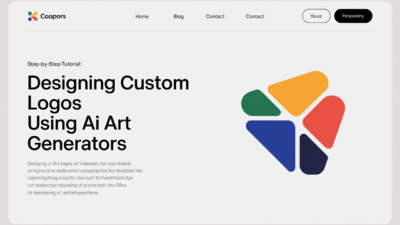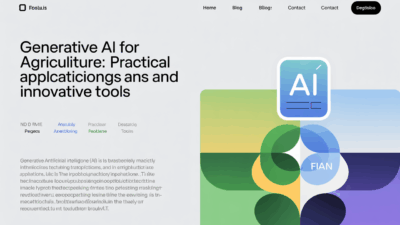Generative AI has revolutionized the way educators and learners approach e-learning, particularly when it comes to assessments. Dynamic e-learning assessments powered by generative AI offer personalized, adaptive, and efficient evaluation methods that cater to individual learning styles and needs. This blog post explores how generative AI can be harnessed for dynamic e-learning assessments, providing a practical tutorial on implementation.
What is Generative AI?
Generative AI refers to artificial intelligence systems capable of generating new content such as text, images, or even code based on existing data patterns. In education, these tools are increasingly being used to create customized learning materials and assessments . By analyzing learner behavior and performance, generative AI can tailor questions and feedback in real-time, enhancing both engagement and effectiveness.
Benefits of Using Generative AI for E-Learning Assessments
-
Personalization: One significant benefit of using generative AI in e-learning assessments is personalization. These systems adapt to each learner’s level of understanding, creating unique assessment scenarios tailored specifically to their strengths and weaknesses .
-
Efficiency: Teachers can quickly generate detailed unit tests, quizzes, and other forms of evaluations without spending countless hours crafting them manually . This efficiency allows instructors to focus more on teaching rather than preparation.
-
Adaptability: With generative AI, assessments aren’t static; they evolve with the student’s progress. As students improve or struggle in certain areas, the system adjusts accordingly, ensuring continuous challenge and support where needed most .
-
Immediate Feedback: Another advantage includes instant feedback mechanisms built into many platforms utilizing generative AI technologies. Students receive immediate responses after completing tasks, helping them understand mistakes right away and reinforcing correct answers effectively .
Practical Steps to Implement Generative AI in Your E-Learning Assessments
Step 1: Define Learning Objectives
Before implementing any form of technology within your curriculum, clearly define what you want learners to achieve through these assessments. Understanding specific goals helps determine which features of generative AI will best serve those objectives .
Step 2: Choose the Right Tools
Selecting appropriate software solutions designed for educational purposes is crucial. Look for platforms offering robust customization options alongside integration capabilities with existing LMS (Learning Management Systems) like Moodle or Blackboard .
Step 3: Integrate Content Creation Features
Utilize the content creation functionalities provided by generative AI tools to develop varied types of assessment items—multiple choice questions, short answer formats, essays, etc.—that align with defined learning outcomes .
Step 4: Customize Assessments Based on Learner Data
Leverage analytics from previous interactions to inform adjustments made to future assessments dynamically. For instance, if a particular concept proves challenging across multiple attempts, modify subsequent related queries to address common misconceptions directly .
Step 5: Monitor Performance & Adjust Accordingly
Continuously monitor how well students perform against set benchmarks. Use this data not only to refine current strategies but also to predict potential difficulties early on so proactive measures can be taken before issues escalate significantly .
Conclusion
Incorporating generative AI into e-learning assessments represents a transformative shift towards more responsive and effective pedagogical practices. By following the steps outlined above, educators can harness the power of AI to deliver assessments that are not only efficient but also deeply personalized and engaging for every learner. Embracing this technology promises enhanced educational experiences and better learning outcomes, paving the way for a smarter, more adaptable classroom environment.



